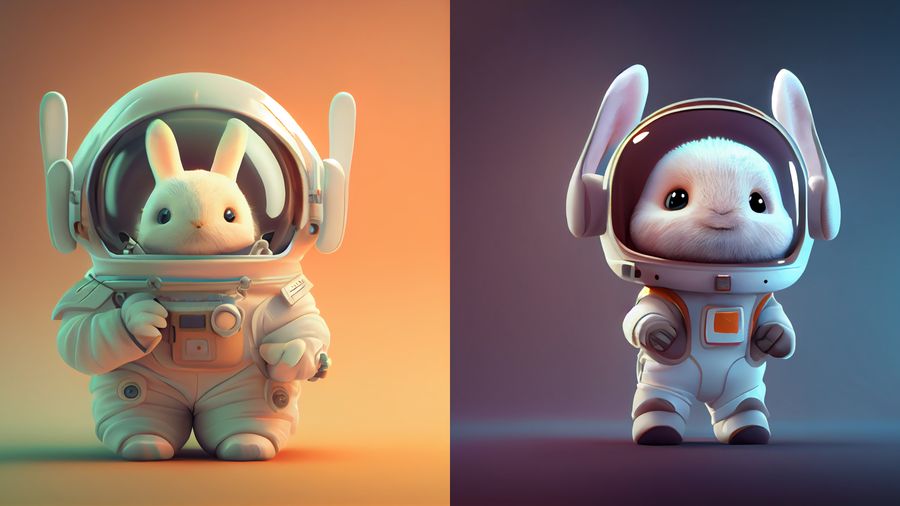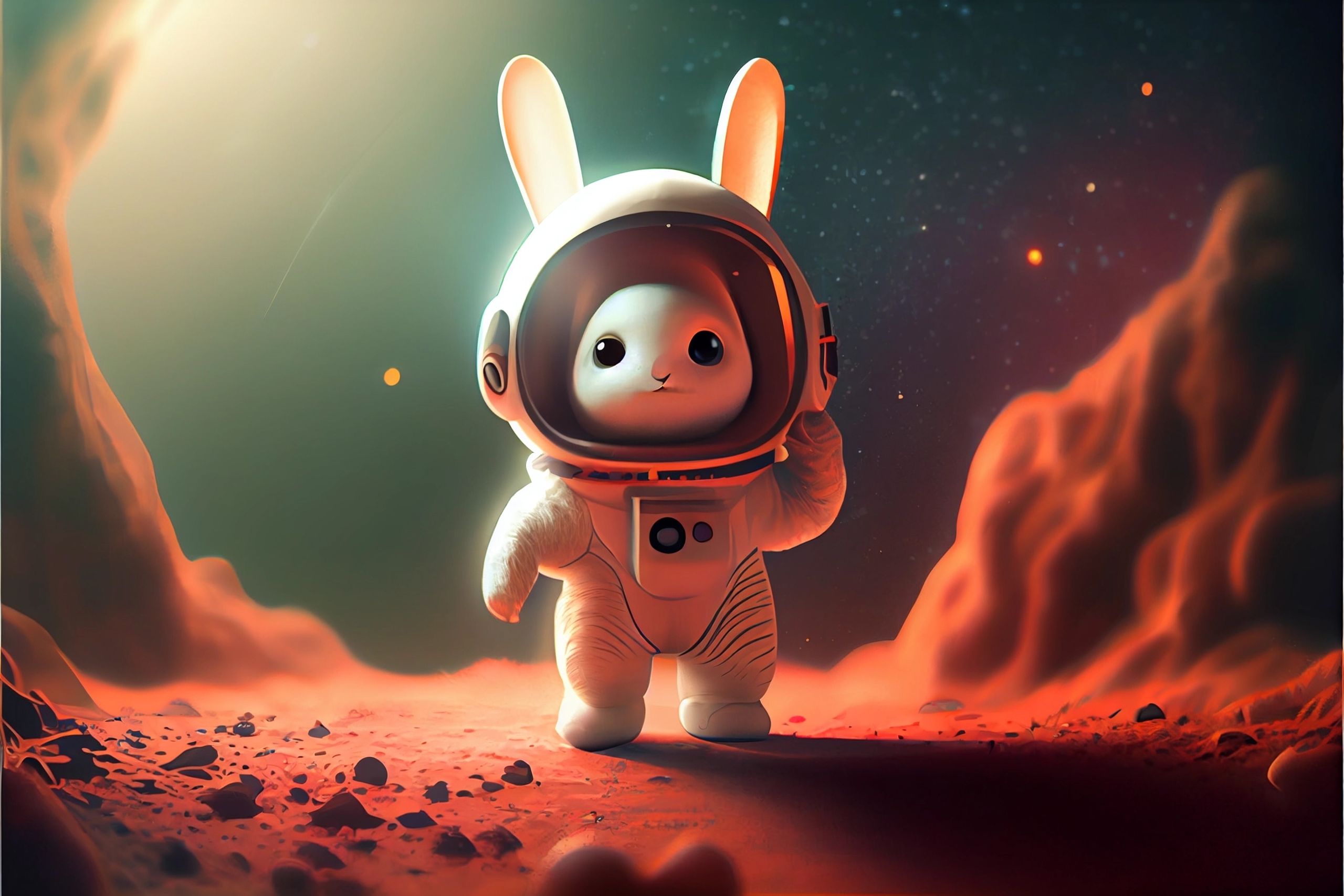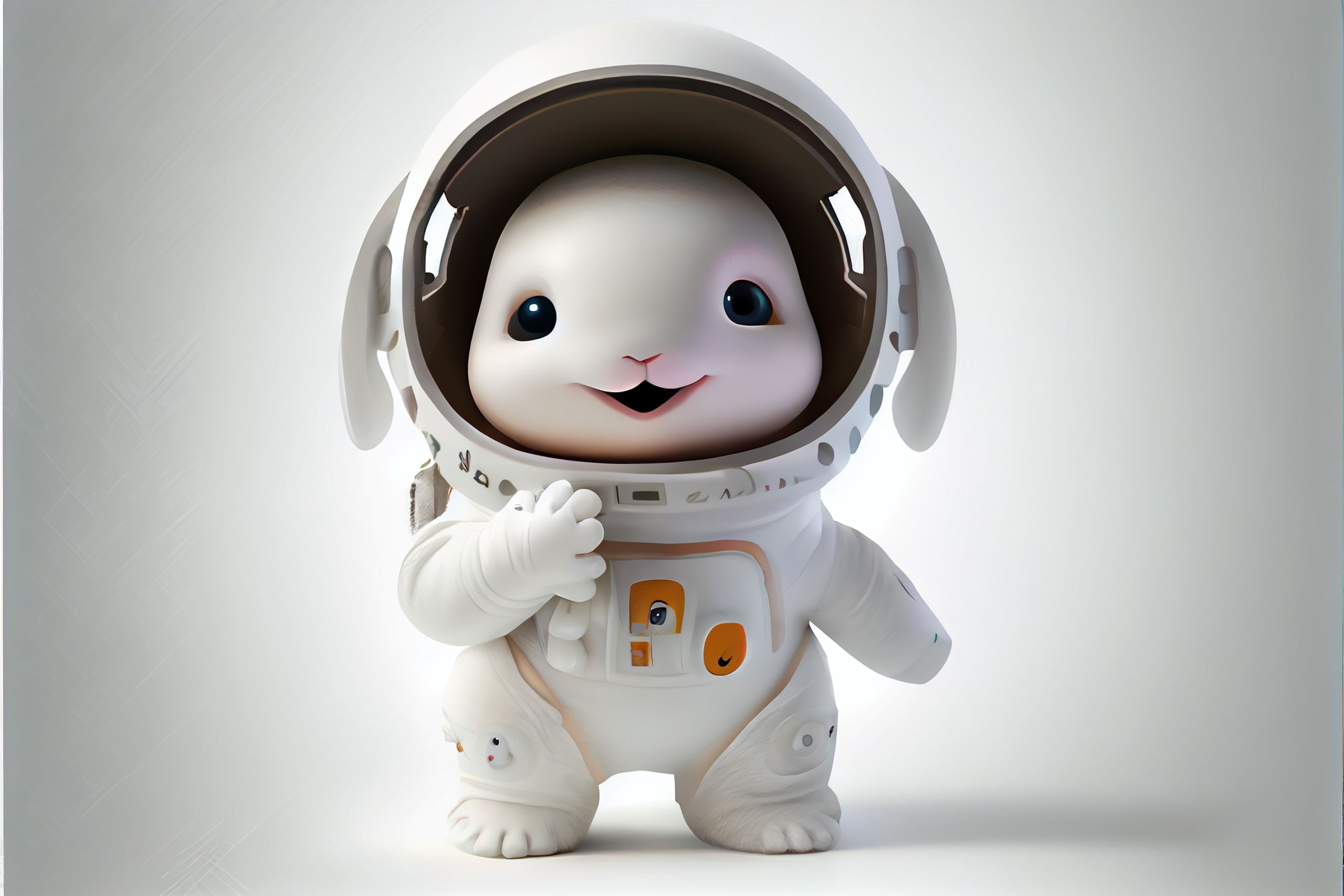· ux and ui · 12 min read
Unlock the Power of Emotional Web Design for a Better User Experience
In order to elicit an emotional response from people as they interact with a website, emotional web design employs a variety of design components. This can build brand identity, enhance user experience, and boost engagement and retention.

Table of content
What is an emotional design?
Definition of Emotional Design
Emotional web design is a design approach that focuses on creating an emotional response in users while they interact with a website. This can be achieved through the use of various design elements and techniques, such as color, typography, imagery, layout, and interactive elements. Emotional web design is important because it can help to create a positive user experience, enhance brand identity, increase engagement and retention, influence customer decision-making, and improve the overall aesthetic appeal of a website. In this article, we will delve into the definition and importance of emotional web design and explore some best practices for incorporating it into a website.
Importance of emotional web design in creating a positive user experience
The importance of emotional web design in creating a positive user experience cannot be understated. By evoking specific emotions in users, a website can be more engaging, memorable, and influential. A positive user experience can lead to increased customer loyalty, higher conversion rates, and overall success for a business. Emotional web design can also enhance the overall aesthetic appeal of a website, making it more visually appealing to users. By considering the emotional impact of their design choices, designers can effectively use emotional web design to create a positive user experience for website visitors.
How emotional design can help websites?
Improved user experience: By evoking specific emotions in users, a website can be more engaging, memorable, and influential, leading to a better overall user experience.
Enhanced brand identity: Emotional web design can help to create a cohesive brand identity and strengthen the overall message of a brand.
Increased engagement and retention: By creating an emotionally engaging website, designers can encourage users to spend more time on the site and return in the future.
Influence on customer decision-making: Emotional design can influence the way users perceive a brand and can affect their decision-making processes.
Improved aesthetic appeal: Emotional web design can enhance the overall aesthetic appeal of a website and make it more visually appealing to users.

Elements of emotional web design
Emotional web design involves the use of various design elements and techniques to create an emotional response in users while they interact with a website. These elements include color, typography, imagery, layout, and interactive elements, which can be used in combination to evoke specific emotions in users. In this article, we will explore the different elements of emotional web design and how they can be used to create a positive user experience.
Color
Color is an important element of emotional web design because it has the ability to evoke specific emotions in users. Different colors are associated with different emotions, and designers can use this knowledge to create an emotional response in users. For example, red is often associated with passion and excitement, while blue is often associated with calmness and trust. By using color effectively in web design, designers can create an emotional response in users and influence their behavior, decision-making, and overall perception of the brand.
Typography
Typography is another important element of emotional web design that can be used to evoke specific emotions in users. Different fonts and typefaces are associated with different emotions, and designers can use this knowledge to create an emotional response in users. For example, a formal, serif font may evoke a sense of sophistication and elegance, while a casual, sans-serif font may evoke a sense of fun and informality. By choosing the right font and typeface for a website, designers can create an emotional response in users and influence their behavior, decision-making, and overall perception of the brand.
Imagery
Imagery is a crucial element of emotional web design because it has the ability to evoke specific emotions in users. The use of images, graphics, and other visual elements can help to create an emotional response in users and influence their behavior, decision-making, and overall perception of the brand. For example, the use of images of happy people can evoke feelings of joy and positivity, while the use of images of nature can evoke feelings of tranquility and peace. By selecting the right imagery for a website, designers can effectively use this element of emotional design to create a positive user experience.
Layout
Layout plays a significant role in emotional web design because it can impact the way users perceive and interact with a website. A well-designed layout can guide the user’s attention and create an emotional response in them. The use of whitespace and negative space, for example, can evoke feelings of calm and openness, while the use of bold, asymmetrical layouts can evoke a sense of excitement and energy. The layout of a website can be used by designers to create an emotional response in users and employ emotive design to affect their actions, choices, and overall opinion of the brand.
Interactive elements
Emotional web design can also use interactive components like buttons, forms, and other interactive features. Designers can improve the entire user experience and have a significant impact on users’ behavior, decision-making, and perceptions of the brand by utilizing interactive components in a way that elicits certain emotions in them. For instance, although using subtle, relaxing transitions might generate a sense of peace, the use of animation and microinteractions can create an atmosphere of excitement and engagement. Designers can employ interactive components to effectively create a positive user experience by taking into account their emotional impact.

Techniques for evoking specific emotions
Emotional web design involves the use of various techniques to evoke specific emotions in users while they interact with a website. These techniques can include the use of color, typography, imagery, layout, interactive elements, and other design elements and techniques. Here are 10 specific techniques for evoking emotions in website visitors:
- The use of warm colors (such as red, yellow, and orange) to evoke feelings of passion, excitement, and warmth
- The use of cool colors (such as blue, green, and purple) to evoke feelings of calmness, trust, and sophistication
- The use of sans-serif fonts to evoke a sense of informality and approachability
- The use of serif fonts to evoke a sense of sophistication and elegance
- The use of imagery of people to evoke feelings of connection and empathy
- The use of imagery of nature to evoke feelings of tranquility and peace
- The use of asymmetrical layouts to create a sense of excitement and energy
- The use of whitespace and negative space to create a sense of calm and openness
- The use of microinteractions, such as hover effects and loading animations, to add a sense of playfulness and engagement
- The use of personalized content, such as recommended products or personalized greetings, to create a sense of relevance and connection with the user.
In the future, we will examine each of these strategies in further detail and offer additional examples and best practices for integrating them into your own web design. We will also look into the psychological underpinnings of these strategies and how they might be applied to provide a user experience that is more captivating and immersive. Watch this space for more on web design with emotion!
Case studies of successful emotional web design
The total user experience and success of a website can be significantly impacted by effective emotional web design. In this list, we’ve highlighted three examples of contemporary websites that successfully leveraged emotive design to enhance user experience and grow their brands. These case studies demonstrate the numerous methods and tactics that may be employed to elicit an emotional response from consumers and have an impact on their actions, choices, and perceptions of the brand as a whole.
Airbnb : Airbnb’s website uses emotional design to create a sense of connection and belonging for users. The use of imagery and personalized content, such as user reviews and recommended listings, helps to create a sense of community and trust. The website also uses a simple, clean layout and a friendly, approachable color scheme to create a sense of calm and openness.
Nike : Nike’s website uses emotional design to evoke feelings of determination, accomplishment, and triumph in users. The use of bold, high-energy imagery and a dynamic, asymmetrical layout helps to create a sense of excitement and energy. The website also uses personalized content, such as custom product recommendations and training plans, to create a sense of relevance and connection with the user.
Spotify : Spotify’s website uses emotional design to create a sense of fun and excitement for users. The use of bold, vibrant colors and a dynamic, asymmetrical layout helps to create a sense of energy and playfulness. The website also uses personalized content, such as recommended playlists and artist recommendations, to create a sense of relevance and connection with the user.

Conclusion
Finally, emotional web design is a crucial strategy for improving user experience, influencing behavior and choice-making, and shaping public impression of a business. Designers can utilize a variety of design components and approaches, including color, typography, imagery, layout, and interactive features, to effectively evoke an emotional reaction in users by taking into account the emotional impact of their design choices. To produce a more captivating and immersive user experience, we urge designers to take into account the power of emotional design and apply it into their own web design techniques.
Additional Resources
Books
Following are some recommendations for more reading on the subject of emotional design:
- “Emotional Design: Why We Love (or Hate) Everyday Things” by Don A. Norman
- “Designing for Emotion” by Aarron Walter
- “The UX Book: Process and Guidelines for Ensuring a Quality User Experience” by Rex Hartson and Pardha Pyla
- “The Psychology of Web Design” by Smashing Magazine
- “The Emotional Design Handbook: How to Create Products That Evoke Positive Emotions” by Cennydd Bowles and James Box
- “Emotional Branding: The New Paradigm for Connecting Brands to People” by Marc Gobe
- “Designing for Interaction: Creating Smart Applications and Clever Devices” by Dan Saffer
Online resources
- The Interaction Design Foundation
This website offers a variety of articles, courses, and other resources on emotional design and user experience.
- The UX Collective
This website offers a variety of articles and resources on user experience design, including a section on emotional design.
- The Awwwards
The Awwwards: This website showcases examples of outstanding web design, including examples of websites that use emotional design effectively.
- The UX Design Blog
The UX Design Blog: This blog, written by UX designer Nick Kolenda, provides insights and best practices for creating a positive user experience, including the use of emotional design.
- Behance
Behance is an online platform that allows designers to showcase their work and connect with other designers and potential clients. It is a popular destination for designers to share their portfolio, discover new design trends and techniques, and find inspiration from the work of their peers.
- Design for Emotion to Increase User Engagement
By Miklos Philips. Miklos is a design leader, author, and speaker with more than 18 years of experience in the design field.
Emotional Design FAQ
What is emotional web design?
Emotional web design is the use of design elements and techniques to create an emotional response in users while they interact with a website. This can be achieved through the use of color, typography, imagery, layout, and other design elements that evoke specific emotions in users.
Why is emotional web design important?
Emotional web design is important because it can help to create a positive user experience and enhance the overall effectiveness of a website. By evoking emotions in users, a website can be more engaging, memorable, and influential.
How does emotional web design affect user experience?
Emotional web design can have a significant impact on user experience. By evoking specific emotions in users, a website can influence their behavior, decision-making, and overall perception of the brand.
What are some common elements of emotional web design?
Some common elements of emotional web design include color, typography, imagery, layout, and interactive elements. These elements can be used to create a cohesive brand identity and evoke specific emotions in users.
How does emotional web design differ from functional web design?
Functional web design focuses on the practical aspects of a website, such as ease of use, navigation, and accessibility. Emotional web design, on the other hand, focuses on creating an emotional response in users through the use of design elements and techniques.
How can emotional web design be used to create a positive user experience?
Emotional web design can be used to create a positive user experience by evoking positive emotions in users and enhancing the overall aesthetic appeal of the website. By creating a visually appealing and emotionally engaging website, users are more likely to have a positive experience and return to the site in the future.
How can designers effectively use emotional web design to evoke specific emotions in users?
Designers can effectively use emotional web design to evoke specific emotions in users by carefully selecting and using design elements that are known to evoke specific emotions. This may involve using specific colors, typography, imagery, and layout techniques to create an emotional response in users.
How can emotional web design be used to create a cohesive brand identity?
Emotional web design can be used to create a cohesive brand identity by using consistent design elements and techniques to evoke a specific emotional response in users. This can help to strengthen the brand's overall message and create a memorable and distinct visual identity.